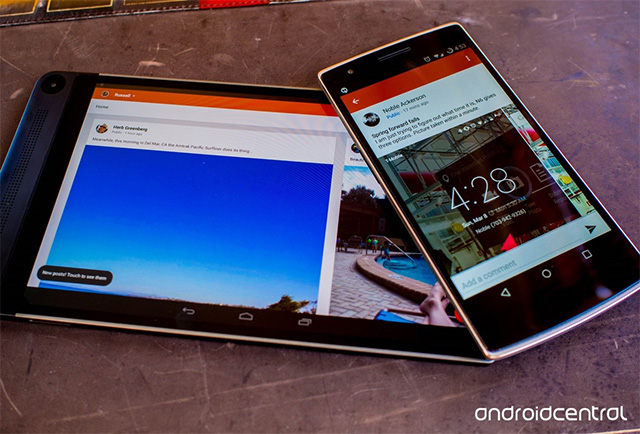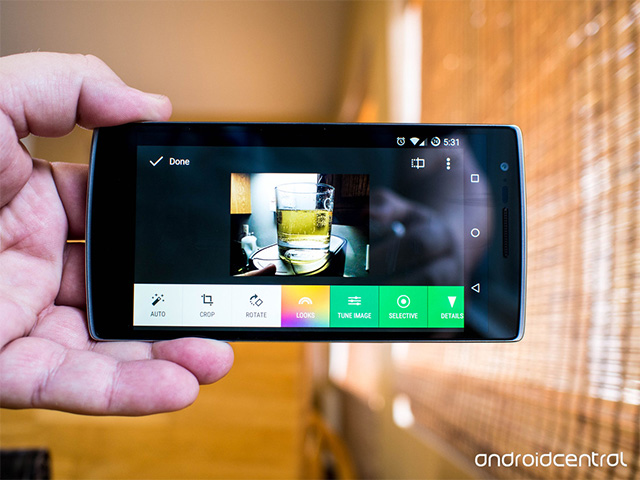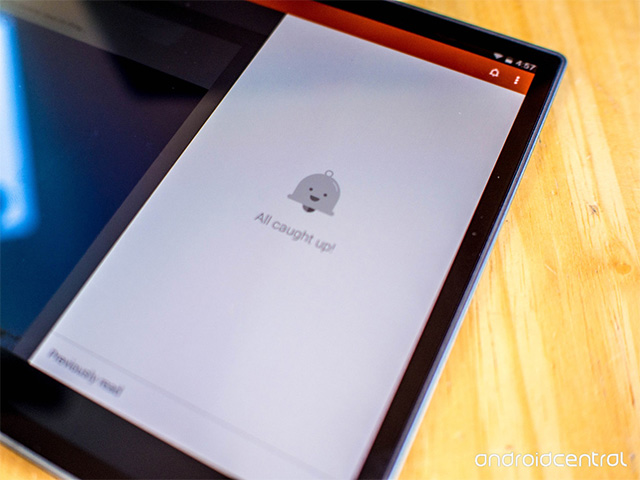Based on materials from androidcentral.com
Google's plans to seize global network dominance have resulted in the creation of a simple but powerful social network, which has a number of unconditional advantages.

Social behavior is an integral part of the Internet that we know and use today. In many ways, this has been the case from the very beginning. Message boards, IRC, image hosting, and email have always been important social components of the Internet. In much the same way, smartphones have linked multiple technologies, each geared towards a single purpose, and social media have become the global hubs of communication that serve as their home page to many on the Internet.
Google has made a huge effort in the social media space. Not all of them have achieved the same success as Google search, video and email services, but their most recent actions in this field have served to develop the market in non-trivial ways. First and foremost, Google+ is a way to tie together everything that Google has to offer in a truly user-friendly way. And whether to perceive it as a social network is everyone's personal business.
And as is often the case with Google products, these latest social developments began with the invite system. This led to the fact that at the very beginning, the development of the network was determined by a bunch of nerds who planted flags and proclaimed this piece of the Internet as their own. When Google opened its doors to everyone, it was done by integrating the platform into literally all products. And it turned out that not every owner of a phone on Android, a Gmail account, or a YouTube channel wanted an invite to Google+, which led to the natural grumbling that accompanies any attempt to attract more attention to the social network. It also meant that many of the accounts created at first were then abandoned, which became important later.
Google has a lot of power to promote this social network, but what makes it special is what it offers in the field of photography and video. Google+ is designed so that anyone can upload high resolution photos without compromising image quality. Soon after launch, the company began introducing high-quality image editing, so that amateur photographers and those with a smartphone in their hands and blogging ambitions in their heads could turn a decent photo into something out of the ordinary.
In the video area, Google+ has Hangouts. It is a video chat that allows up to 10 simultaneous free participation in a conversation and, in many cases, transmission and recording of the chat via the YouTube channel. There is still no free alternative to Google Hangouts and Hangouts on Air, and they keep getting better.

Perhaps the best part of Google+ is the app of the same name. It looks and works great on both iOS and Android and was developed from scratch to the point where users are more comfortable using the mobile version instead of the website. It's a great mobile experience that includes the same photo editing and video chatting capabilities. If most of your friends and family use Google+, sharing your location is a great way to find out how far away, for example, the person you're meeting is. And if you use the service for work or for communication with a certain group of people, it will be important for you that the ability to switch between accounts is implemented here significantly better than in other social networks.
So who are they, Google+ users? Anyone. Or they could be anyone. Not everyone uses this opportunity, and therefore sometimes articles pop up in which this network is compared to a ghost town or is called a social network exclusively for geeks. But in fact, people in it are no different from users Facebook, Twitter, Pinterest or Instagram. These are the same amateur photographers, culinary maniacs, political debaters, gamers, content consumers with various ratings, lovers of spiritual conversations – in a word, there is no one here. On Google+, you get a slightly different experience than on other social networks – that's true. For example, for the majority, communication in Facebook begins with a list of people you know personally, and twitter – with interesting topics. Google+ starts with people you know online. Those with whom you have exchanged emails, those who are in your contact lists in instant messengers. And as a result, your communication from a thin stream turns into a stormy stream that flows in accordance with your needs and interests.

There is a lot to be said about this network, but the truth is, this is all just the beginning. In the future, new features will be announced that will allow you to get the most out of the service. Now is the time to ask our readers: do you use Google+? And if so, what attracts you to this service?
